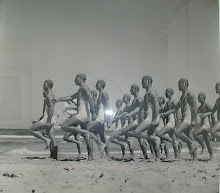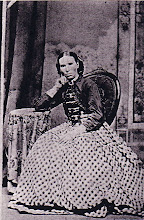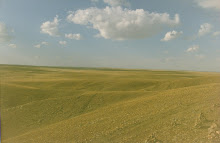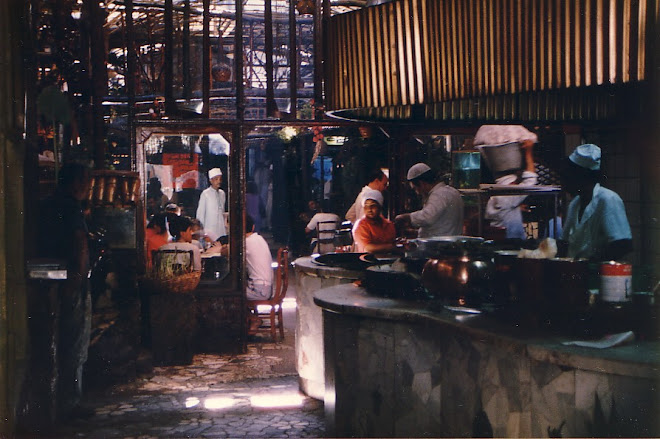The Trusty Fly Swat
As the poet Emily Dickinson (1830-1888) said, Americanists will hear a fly buzz when they die.
Well, I heard one but determined to reverse the situation. When I heard that fatal sound late last night!
The question was how to achieve this? When suddenly I remembered an almost forgotten technology - the fly swat! So without any possible hope of success, I was off to my local after hours convenience store. And there it was! In the laundry section. Aerodynamically perfect and in a fab green washable plastic. This is a photo of the actual swat!
Now, this ingenious invention has many unspoken qualities.
It's real eco friendly - no more nasty ozone-depleting fluorocarbons.
And a great exercise substitute. Something to vary your upper-body regimen of bench presses, bar raises, and so on. But remember, you need to swap hands half way through your repetitions for balanced development. And there's the added advantage of getting an aerobic work-out. Rep's can be recorded alongside insect fatalities as notches on the handle.
Regular and vigorous swatting has two not-immediately-obvious side-benefits. The improvement of your tennis service. And your spank-the-monkey technique. With both, you'll impress by your new-found ambidextrousness!

Dying
I heard a fly buzz when I died;
The stillness round my form
Was like the stillness in the air
Between the heaves of storm.
The eyes beside had wrung them dry,
And breaths were gathering sure
For that last onset, when the king
Be witnessed in his power.
I willed my keepsakes, signed away
What portion of me I
Could make assignable, —and then
There interposed a fly,
With blue, uncertain, stumbling buzz,
Between the light and me;
And then the windows failed, and then
could not see to see.
The stillness round my form
Was like the stillness in the air
Between the heaves of storm.
The eyes beside had wrung them dry,
And breaths were gathering sure
For that last onset, when the king
Be witnessed in his power.
I willed my keepsakes, signed away
What portion of me I
Could make assignable, —and then
There interposed a fly,
With blue, uncertain, stumbling buzz,
Between the light and me;
And then the windows failed, and then
could not see to see.






































![C18 Bronze Buddha [Southern China]](https://blogger.googleusercontent.com/img/b/R29vZ2xl/AVvXsEioLkgVKuhDoIHQgM1X6Oe2hGn75yqaj4OJXPmNpumXmQPKxB22S57YS5DVrl1P7zl7BS6EFpAtaNZPze7gzVCRiQI54bwdHhVa4fGr7NOChZwTZoo92gUen6tC5U8gWIy_pv92U0FB38M/s1600/Buddha+%255BBronze%252C+C18%252C+China%255D+1.jpg)




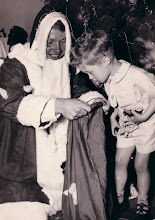







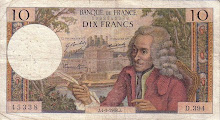
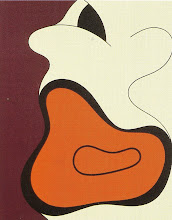+1998+Cropped.jpg)

